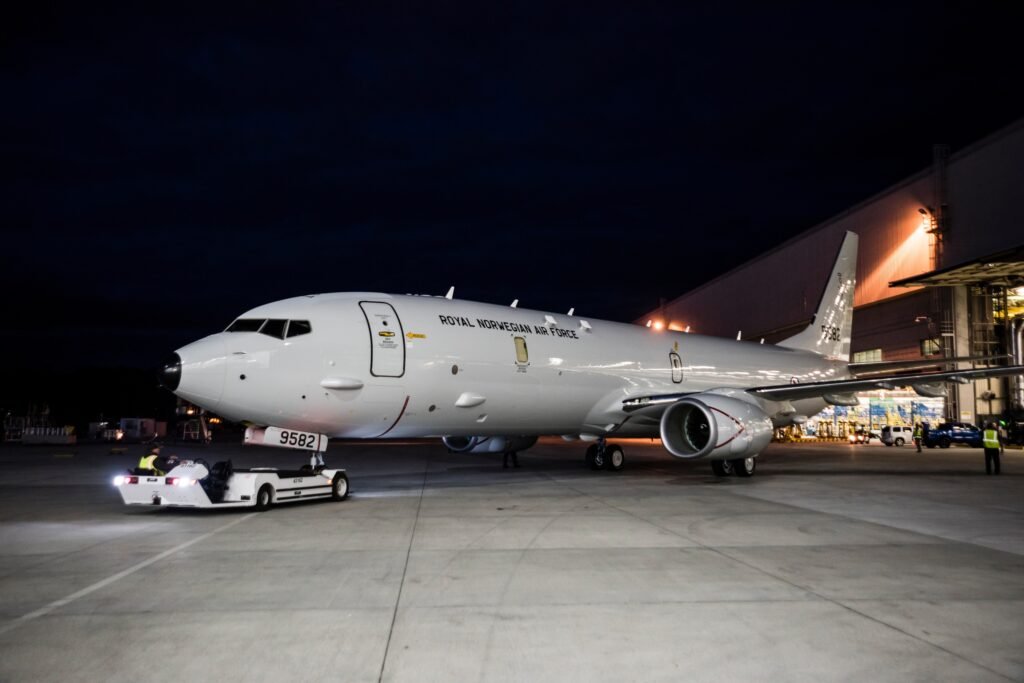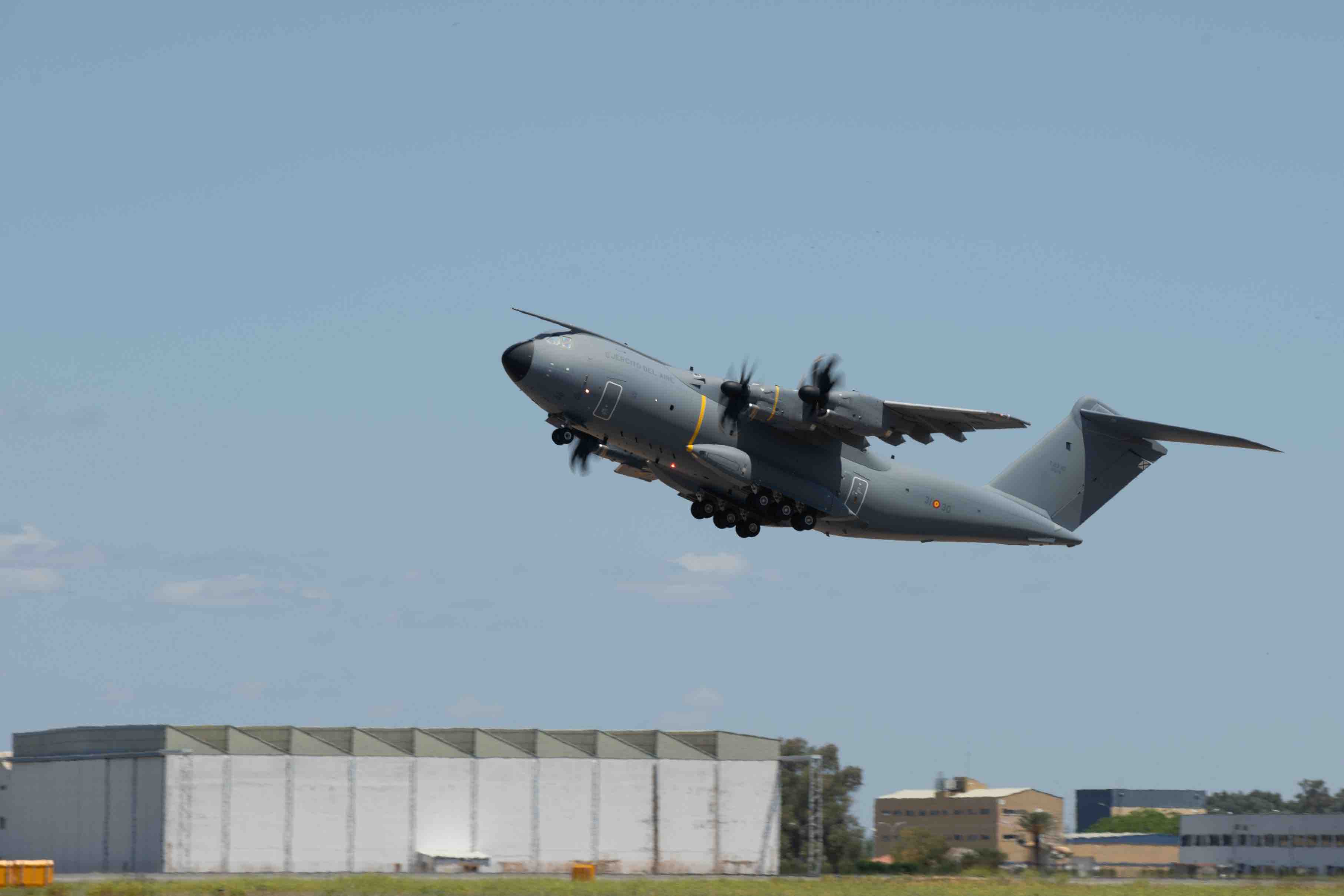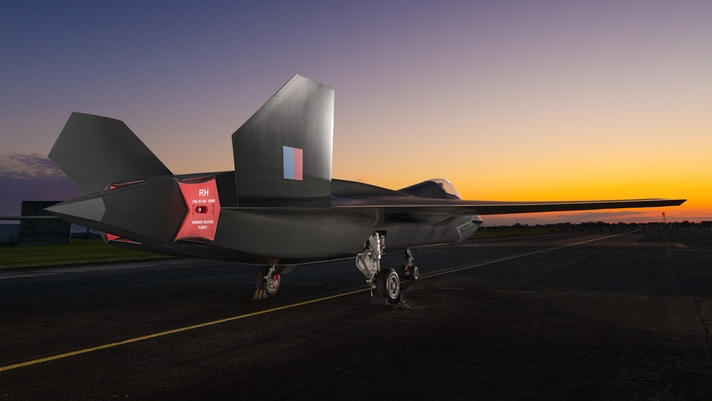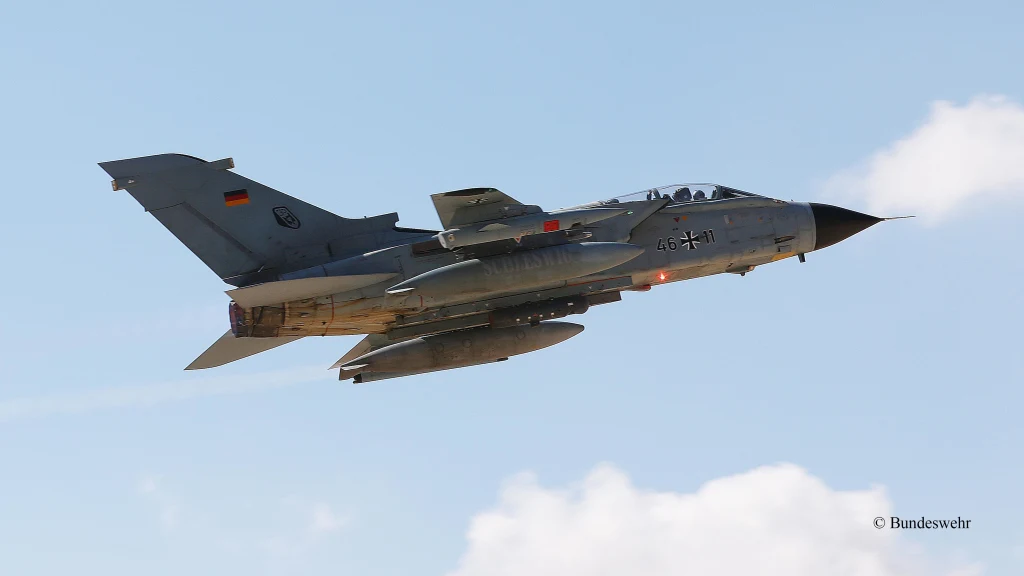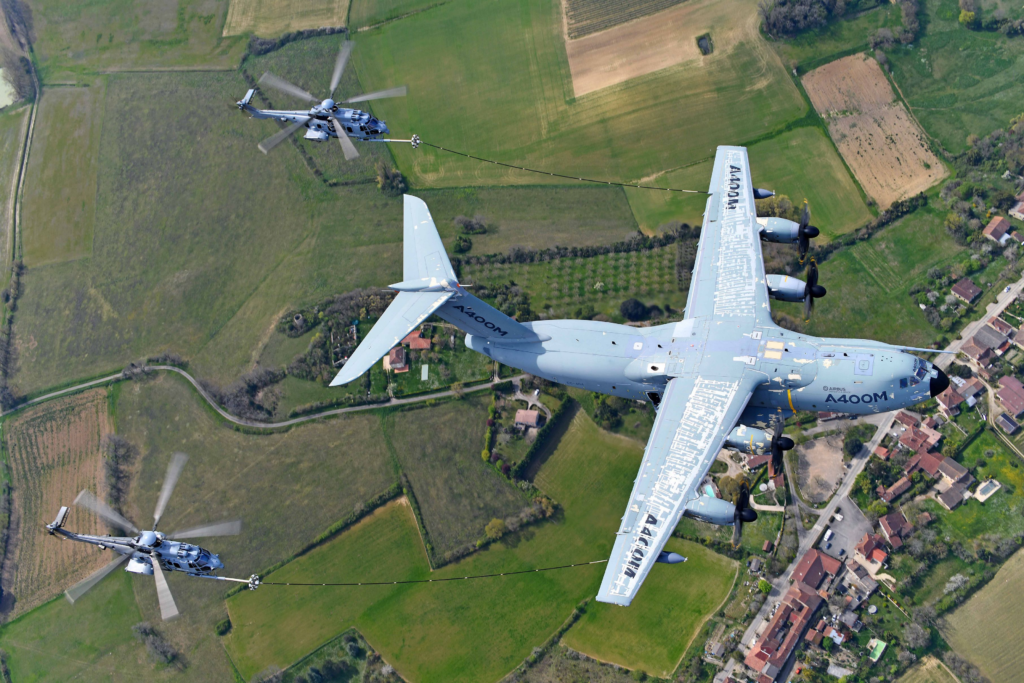Lockheed Martin Awarded 5-Year Contract to Support Indian Air Force C-130J Super Hercules Airlifter Fleet
NEW DELHI, Aug. 24, 2021 — Lockheed Martin (NYSE: LMT) has been awarded a $328.8 million, five-year contract from the Indian Air Force (IAF), to provide dedicated and comprehensive support for the IAF’s fleet of 12 C-130J-30…


